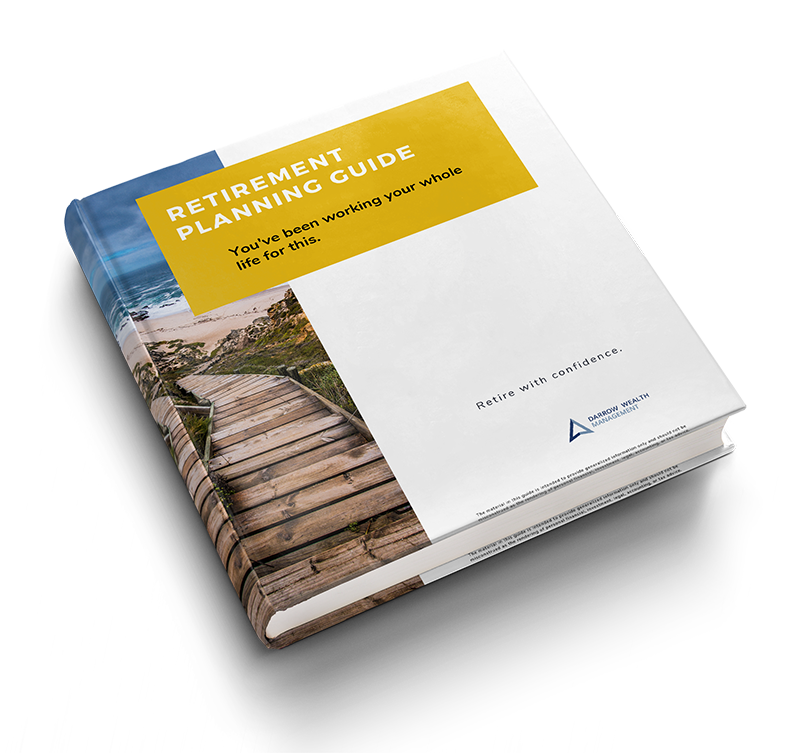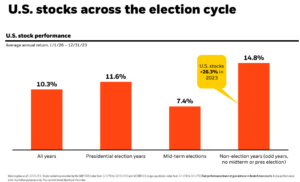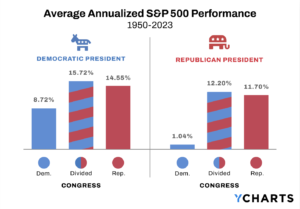A popular strategy for investors changing employers is a 403(b) or 401(k) rollover to an IRA. But it doesn’t make sense in every situation and when a rollover is the best option, maintaining separate rollover accounts may be a key part of the strategy. Qualified retirement plans such as a 401(k) or 403(b) have better creditor protection than traditional IRAs. Learn more about best practices for preserving this protection during a retirement plan rollover to an IRA.
This is a general communication should not be used as the basis for making any type of tax, financial, legal, or investment decision.
Asset protection for 401(k) or 403(b) retirement plan rollovers
The laws regarding federal bankruptcy protection for retirement assets are complex and subject to legal interpretation. To add to the complexity, not all retirement assets are covered the same way. Laws differ by state regarding creditor claims other than bankruptcy. Consider consulting an attorney in your state to discuss your options.
If you have a 401(k) or 403(b) plan from a previous employer that you want to rollover to an IRA, it is important to first learn how your retirement assets will be protected once moved to an IRA. To help ensure your rollover assets are given the best creditor protection available, consider creating separate IRA accounts for rollover funds.
Explore Options for an Old Retirement Plan
ERISA protection vs IRA protection
Under federal law, assets in “ERISA-Qualified” retirement plans (e.g. 401(k) plans, 403(b) plans, 457 plans) are out of reach of creditors’ claims. This holds both in and out of bankruptcy, without limitation.
SEP IRAs, SIMPLE IRAs and the Individual 401(k) are also fully protected in a bankruptcy. However, because these plans are not subject to ERISA, there is uncertainty about whether the accounts are also protected outside of bankruptcy. State law will also vary.
As a result of the Bankruptcy Abuse Prevention and Consumer Protection Act of 2005 (BAPCPA), both traditional IRAs and Roth IRAs were given creditor protection in an aggregate value of $1 million, adjusted every three years for inflation. The last increase in 2019 was to $1,362,800. The next increase is in 2022.
It is important to note that this limit does not apply to rollover IRAs from a qualified plan. If done properly, rollover assets can maintain the unlimited creditor protection of the ERISA-Qualified plan it originated from.
Maintaining separate rollover accounts
Although some interpretations of the laws differ, a conservative approach to rollover assets is advisable. By preserving the nature of these funds, you can easily distinguish between sources in the event of creditor claims.
Regardless of whether you have an existing traditional IRA or Roth IRA, open a new IRA for the rollover assets and label it as such for tracking purposes. Once the rollover is complete, refrain from making additional contributions to the rollover account.
Since the unlimited protection only applies to rollover assets, any additional contributions afterwards wouldn’t qualify. Some interpretations of the law even suggest commingled assets could jeopardize the unlimited ERISA protection.
Opening a new IRA for rollover assets is the smart way to protect your retirement savings from creditors. Further, if you’re working with a financial advisor, they will likely prepare the paperwork for you and guide you through the process.
From a practical standpoint, you may not want to create a new account for each small rollover. Doing so will add to the administrative burden of managing the account and may trigger additional trading costs or fees.
Article is for informational purposes only and should not be misinterpreted as personalized advice of any kind or a recommendation for any specific investment product, financial or tax strategy. This is a general communication should not be used as the basis for making any type of tax, financial, legal, or investment decision. Disclosure










